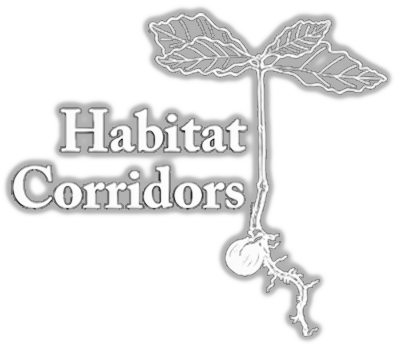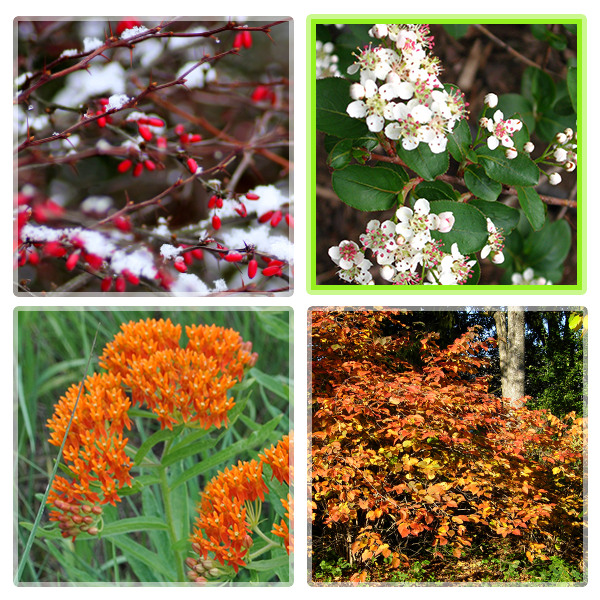Saving living space for living
things one yard at a time
Renewing Spring Lawns
If you are starting to get spring fever and are yearning to work in the yard but find it is too early to plant your natives or start the vegetable garden, consider refurbishing your lawn the natural way. It will pay dividends for the rest of the year.
A good way to begin is to aerate the lawn and rake it to remove thatch; anything over about one-half inch can harm the grass. (Thatch is a layer of stems and the crowns of dead grass on the surface of the soil.) While clippings decompose quickly and provide soil fertility, thatch decomposes slowly. If thatch buildup is not a problem, light raking can stimulate turf production by separating grass clumps. Raking and aerating reduce the risk of disease.
Homeowners regularly mow lawn grass so that it does not set seed and reproduce by itself. Even the healthiest plants get old and tired. By over-seeding in spring or fall, you introduce robust young plants that will fill in bare areas and compete aggressively against weeds. Fall is the best time to reseed, but spring over-seeding will work and will help to create thicker turf to crowd out weeds.
Compost, an almost miraculous material, contains beneficial microorganisms that add life to the soil. These organisms interact with organic fertilizers to provide the green lawn many people covet. Compost in liquid form, known as compost tea or extract, should be used in combination with dry compost. Be sure to add a light top dressing of compost after you reseed.
Get to know your lawn. Every few years use a soil nutrient test; the results will assess the soil’s pH, phosphorus (P), and potassium (K) levels. If your soil is lacking nutrients, it is important to supplement with organic-based products in a sustainable fashion. Come spring, your lawn will still be breaking down these nutrients!
Healthy Soil is to a healthy lawn as is a healthy scalp to healthy hair!

